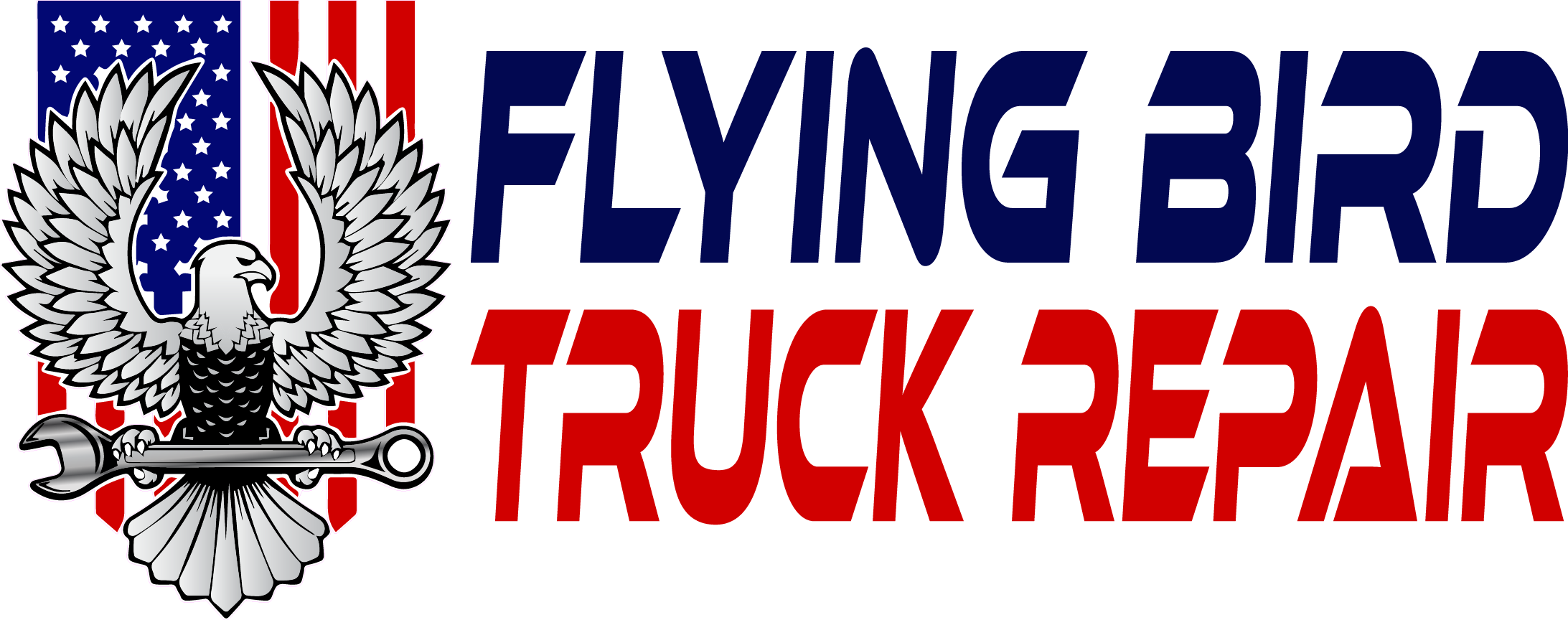As a truck owner, you are likely aware of the importance of keeping your vehicle in good working condition. One crucial component that requires regular attention is the Diesel Particulate Filter (DPF) filter. The DPF filter plays a vital role in reducing harmful emissions and preventing pollution. To maximize the longevity of your truck’s DPF filter, it is crucial to understand the importance of regular cleaning and maintenance.
The DPF filter’s primary function is to trap and remove soot particles from the exhaust gasses emitted by the truck’s engine. Over time, these particles accumulate, leading to a clogged filter. A clogged DPF filter can cause various issues, including reduced fuel efficiency, decreased engine performance, and increased emissions. Therefore, truck dpf filter cleaning is necessary regularly to ensure optimal truck performance and comply with environmental regulations.

Signs That Your Truck’s DPF Filter Needs Cleaning
Knowing when your truck’s DPF filter requires cleaning is crucial for maintaining its longevity. Several signs indicate that your DPF filter may need cleaning.
- One common sign is a significant decrease in fuel efficiency. If you notice that your truck is consuming more fuel than usual, it could be a sign that the DPF filter is clogged and causing the engine to work harder.
- Another sign to look out for is a decrease in engine power. A clogged DPF filter restricts the flow of exhaust gasses, leading to reduced engine performance. If you notice a lack of power or difficulty accelerating, it may be time to clean your DPF filter.
- Additionally, a warning light on your truck’s dashboard, often labeled as “DPF” or “Check Engine,” is another indication that the DPF filter needs attention. Ignoring this warning can lead to further damage to the DPF filter and other engine components.
The Benefits of Regular DPF Filter Cleaning and Maintenance
Regular cleaning and maintenance of your truck’s DPF filter offer several benefits. Firstly, it ensures that your truck remains compliant with environmental regulations. By reducing emissions, you contribute to a cleaner and healthier environment. Additionally, a clean DPF filter improves fuel efficiency, saving you money on fuel costs in the long run.
Regular cleaning also extends the lifespan of your DPF filter. A well-maintained filter is less likely to become clogged, reducing the risk of expensive repairs or replacements. Furthermore, a clean DPF filter improves engine performance, providing you with a smoother and more enjoyable driving experience.
DIY DPF Filter Cleaning: Step-by-Step Guide
Cleaning your truck’s DPF filter can be done through a Do-It-Yourself (DIY) approach. While it may require some time and effort, this method can help you save money. For better results, you can search the best dpf cleaning services near me on Google and you will find our company on top. Or you can follow our step-by-step guide to cleaning your DPF filter:
- Prepare the necessary tools: Gather the tools required for the cleaning process, including a wrench, safety goggles, gloves, and a cleaning solution specifically designed for DPF filters.
- Locate the DPF filter: The DPF filter is usually located underneath the truck, near the exhaust system. Refer to your truck’s manual or consult a professional if you’re unsure about its exact location.
- Remove the DPF filter: Carefully disconnect the DPF filter from the truck’s exhaust system using the wrench. Take note of the connections and ensure you don’t damage any surrounding components.
- Inspect the DPF filter: Examine the filter for signs of excessive soot buildup or damage. If the filter is heavily clogged or damaged, it may require professional cleaning or replacement.
- Clean the DPF filter: Follow the instructions provided with the cleaning solution to clean the filter effectively. Typically, this involves soaking the filter in the solution and using a soft brush to remove any remaining soot particles.

- Rinse and dry the DPF filter: Thoroughly rinse the filter with water to remove any cleaning solution residue. Allow the filter to air dry completely before reinstallation.
- Reinstall the DPF filter: Carefully reconnect the DPF filter to the exhaust system, ensuring all connections are secure. Double-check for any leaks or loose fittings.
By following these steps and regularly cleaning your truck’s DPF filter, you can maintain its longevity and ensure optimal performance.
Using DPF Cleaning Solutions: What to Look For and How to Use Them Effectively
When it comes to cleaning your truck’s DPF filter, using the right cleaning solution is crucial. DPF cleaning solutions are specifically formulated to dissolve and remove stubborn soot particles, ensuring a thorough and effective cleaning process. Here are some factors to consider when selecting a DPF cleaning solution:
- Compatibility: Ensure that the cleaning solution is compatible with your truck’s DPF filter. Different filters may require specific cleaning solutions, so it’s essential to choose one that matches your filter’s requirements.
- Effectiveness: Look for a cleaning solution that is known for its effectiveness in removing soot particles. Read reviews and testimonials from other truck owners to gauge its performance.
- Ease of use: Opt for a cleaning solution that is easy to use and does not require extensive preparation or complicated procedures. This will make the cleaning process more convenient and efficient.
Once you have selected the appropriate cleaning solution, follow the instructions provided by the manufacturer for the best results. Typically, this involves soaking the filter in the solution for a specified amount of time and ensuring thorough rinsing before drying and reinstalling.
How Often Should You Clean Your Truck’s DPF Filter?
The frequency of DPF filter cleaning depends on various factors, including your truck’s usage and operating conditions. As a general guideline, it is recommended to clean your truck’s DPF filter every 6 to 12 months or every 100,000 to 150,000 miles. However, if you frequently operate in dusty or off-road environments, you may need to clean the filter more frequently.
Choosing the Right DPF Cleaning Services for Your Truck
While DIY cleaning is an option, some truck owners prefer to entrust the cleaning of their DPF filters to professionals. DPF cleaning services offer expertise and specialized equipment to ensure a thorough and effective cleaning process. Here are some factors to consider when choosing cleaning services:
- Experience and reputation: Look for a service provider with a proven track record in DPF filter cleaning. Check their website, read customer reviews, and ask for recommendations from other truck owners.
- Certifications and qualifications: Verify that the DPF cleaning service provider has the necessary certifications and qualifications to handle DPF filters. This ensures that they adhere to industry standards and regulations.
- Convenience: Consider the location and availability of the cleaning service provider. Opt for a service that is easily accessible and offers flexible scheduling options to minimize downtime for your truck.
- Cost: Compare the pricing of different DPF cleaning services to ensure you are getting a fair and competitive rate. However, prioritize quality and expertise over cost alone, as improper cleaning can lead to further damage and costly repairs.
Conclusion
Effective cleaning and maintenance of your truck’s DPF filter are vital for maximizing its lifespan and ensuring optimal performance. Regular cleaning, either through DIY methods or professional services, helps prevent clogging and reduces emissions. Choosing the right cleaning solutions and commercial truck maintenance services, along with following recommended cleaning schedules, further enhances the longevity of the filter.
By paying attention to warning signs, avoiding common mistakes, and prioritizing regular maintenance, you can enjoy the benefits of a clean DPF filter – improved fuel efficiency, reduced emissions, and extended engine life. Take the necessary steps today to ensure the longevity of your truck’s DPF filter and contribute to a cleaner environment.
For professional DPF cleaning services and expert advice, visit Flying Bird Repair today!


